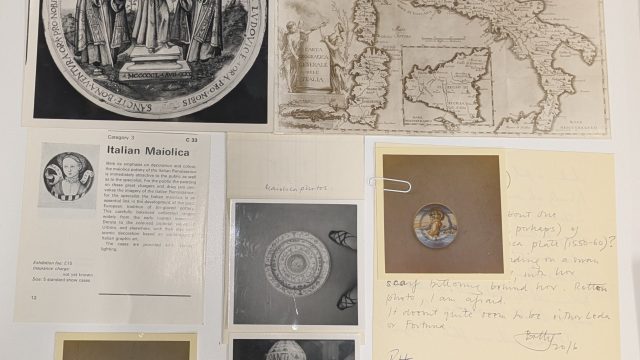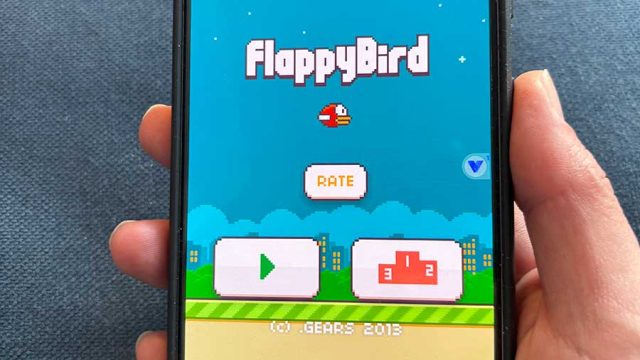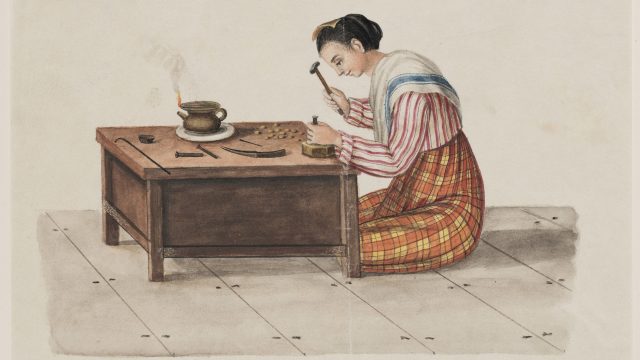This is the last of three blog posts that discuss the 3D scanning of 25 objects in the museum’s collection, as part of an investigation into the capabilities of scanning technology during the Cast Courts FuturePlan project. The first discusses why we undertook this project, the second explores the practicalities of scanning such complicated objects, and this one celebrates the launch of the scans on the V&A Sketchfab page.
Find out more about the history of the Cast Courts.
Today we’ve launched 22 new 3D models of objects in the V&A’s collection on Sketchfab. We purposefully chose objects that would test the equipment, i.e. objects with shiny surfaces, intricate detail, complex shapes, made from a range of materials etc, in order to test the boundaries of what it is possible to scan. Not all the scans were successful, but it was a fascinating exercise and we learnt a lot about what would and wouldn’t work.
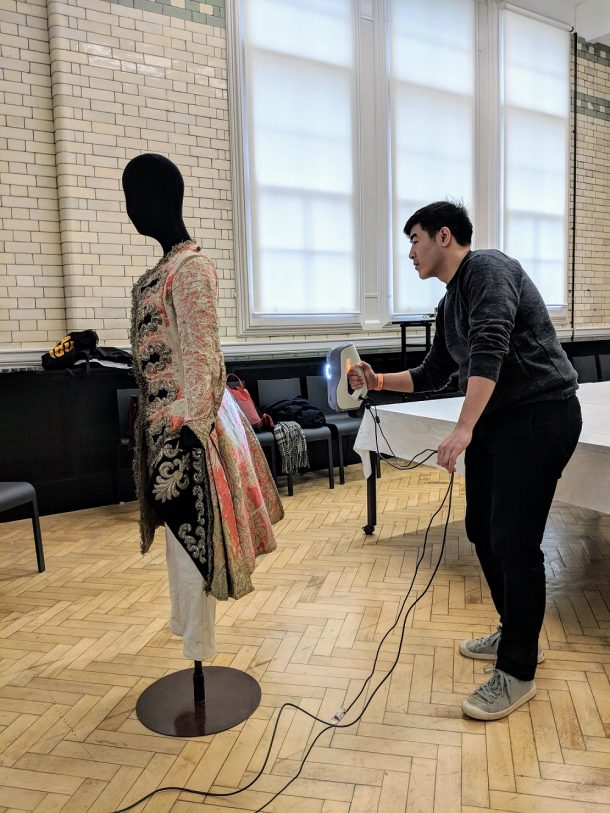
The initial scanning process took around 15 minutes per object, dependent on the object’s size and complexity. Once the scanning was complete, the team from RapidForm at the Royal College of Art took the raw data and processed this information to produce the 3D model. Processing the data is the most time-consuming element of the procedure, and the larger the object, the more information there is to process. For example, the biggest object we scanned was a teracotta sculpture of a gorilla defeating a gladiator by E. Fremiet which is 82cm high (A.8-2017). This object is large, detailed, and heavily textured, so this necessitated that the team use both an Artec Space Spider scanner to capture the surface detail, and an Artec Eva scanner to capture the object’s scale. Using both scanners produced a huge amount of data, but as a result we were able to produce a much more accurate scan.
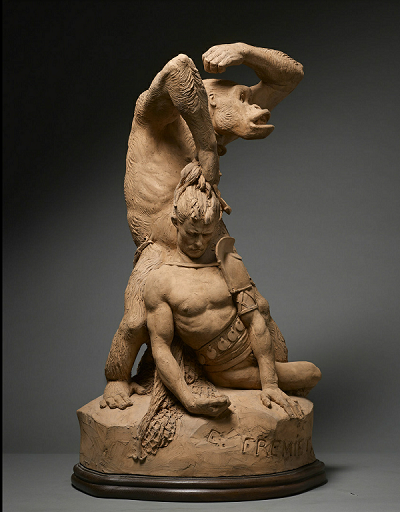
Some objects, such as the small and intricate wood sculpture of Julius Caesar (170-1864), are very complex with a lot of hidden details which could not be captured by the scanner. Instead these had to be filled digitally afterwards during post-processing. Similarly, the cock’s-head ewer (C.170-1977) has a punched outer decorative layer and then a bowl form within. The scanner was unable to pick up the inner form, and so this was digitally reconstructed. As such the original scan is not a complete and accurate record of the original, but without this additional digital step, the model would have re-created the object as if it were possible to see all the way through it. This extra step has made the scan a much more accurate reflection of the original object.
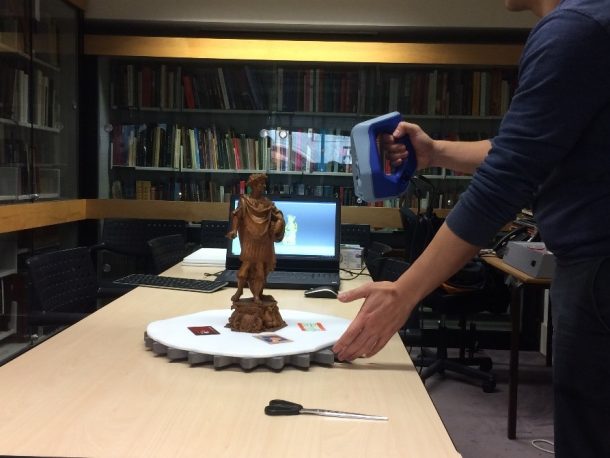

The three objects that didn’t work were a glass vase (1296-1900), a Chinese protest umbrella (CD.60-2014), and a mechanical train (W.26-1940) from the Museum of Childhood collection. The umbrella and the train were unsuccessful as it wasn’t possible to keep the objects still during the scanning. In order to scan both sides of the train we had to turn it over, and despite our best efforts the wheels of the train moved and distorted the information captured. Similarly we only scanned one side of the umbrella, as we couldn’t turn it over for the second half of the scan without changing the folds of the fabric, and thus the overall shape of the object. The vase presented a different challenge. It is made from glass, but the surface has been lustred. Transparent objects are very difficult to scan because the equipment can’t properly register the object’s form. In this instance we hoped that the lustre had made the surface opaque enough to scan, however in the end it was sadly not possible!
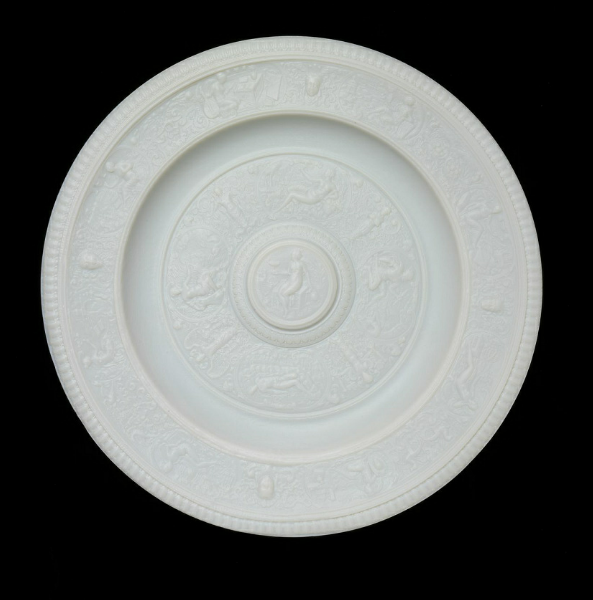
The 22 new successful scans are now available on the V&A’s Sketchfab page, and we hope you enjoy playing with these models to get a closer look at the objects. Two of the scans have also been printed and are now on display in the new gallery – the Temperance Basin, which has been printed in resin from the digital scan, and a plaster powder print of a silver and glass flask bought by the Museum from the Parisian firm of Froment-Meurice at the Great Exhibition in 1851.
